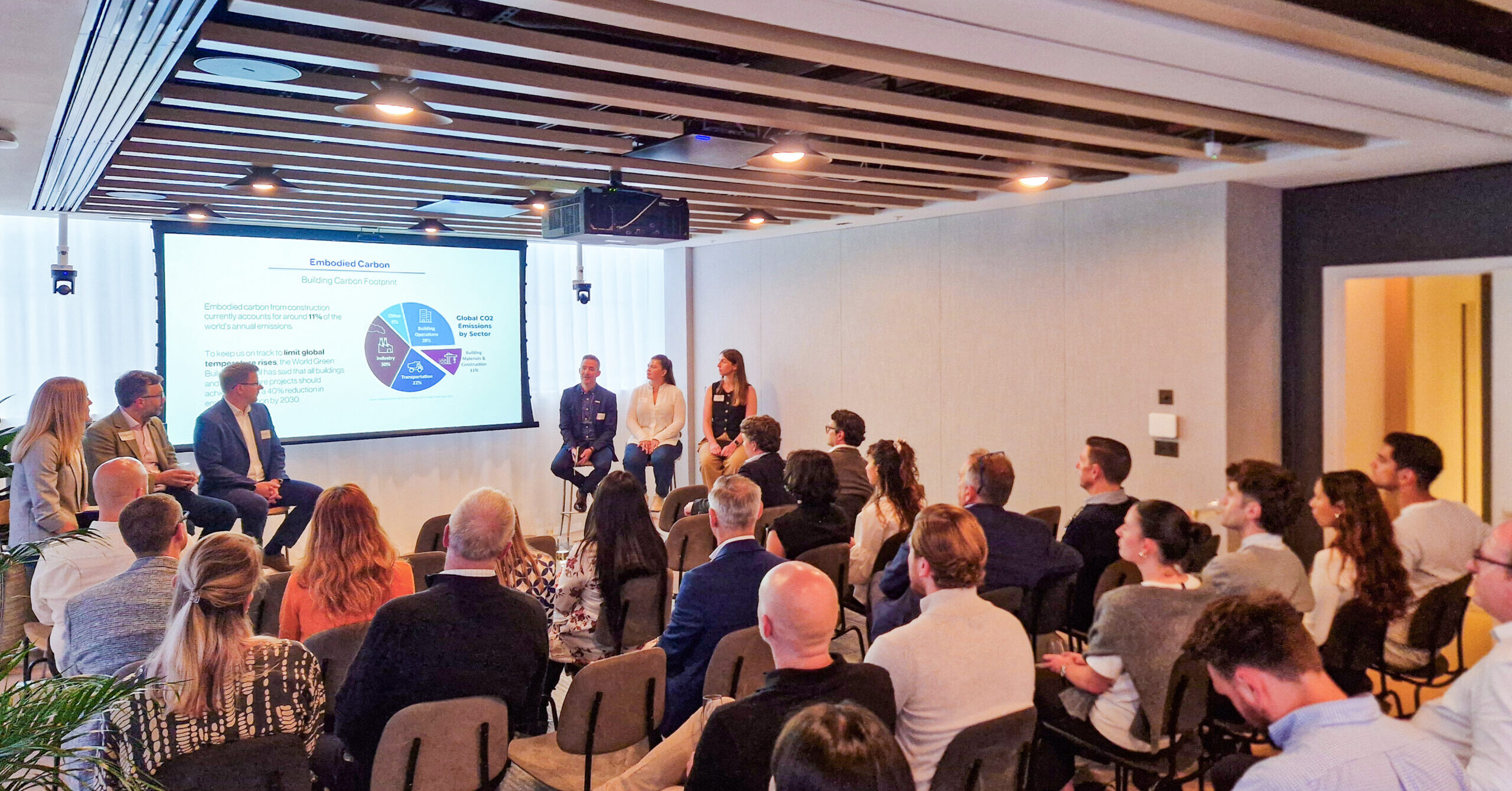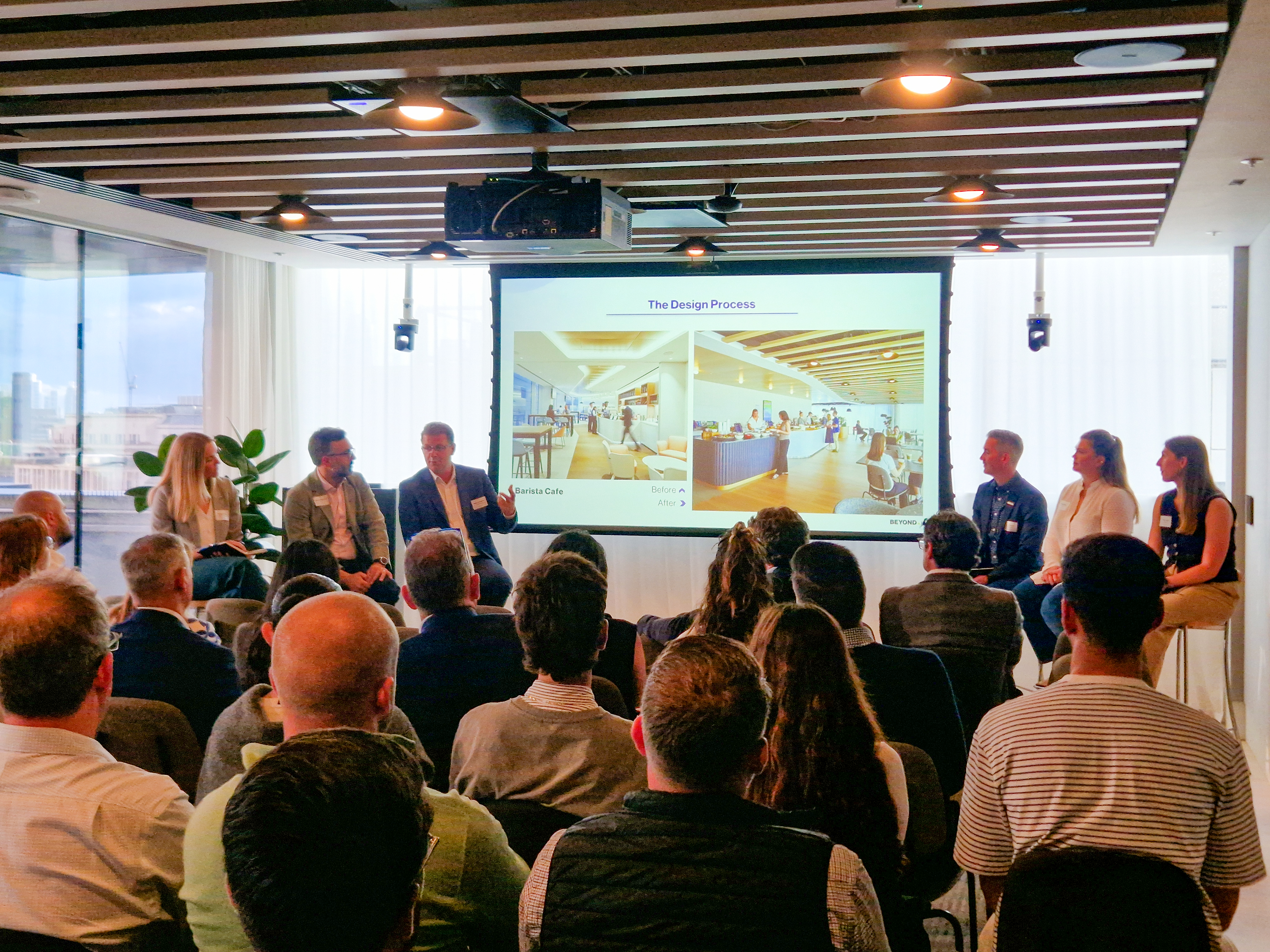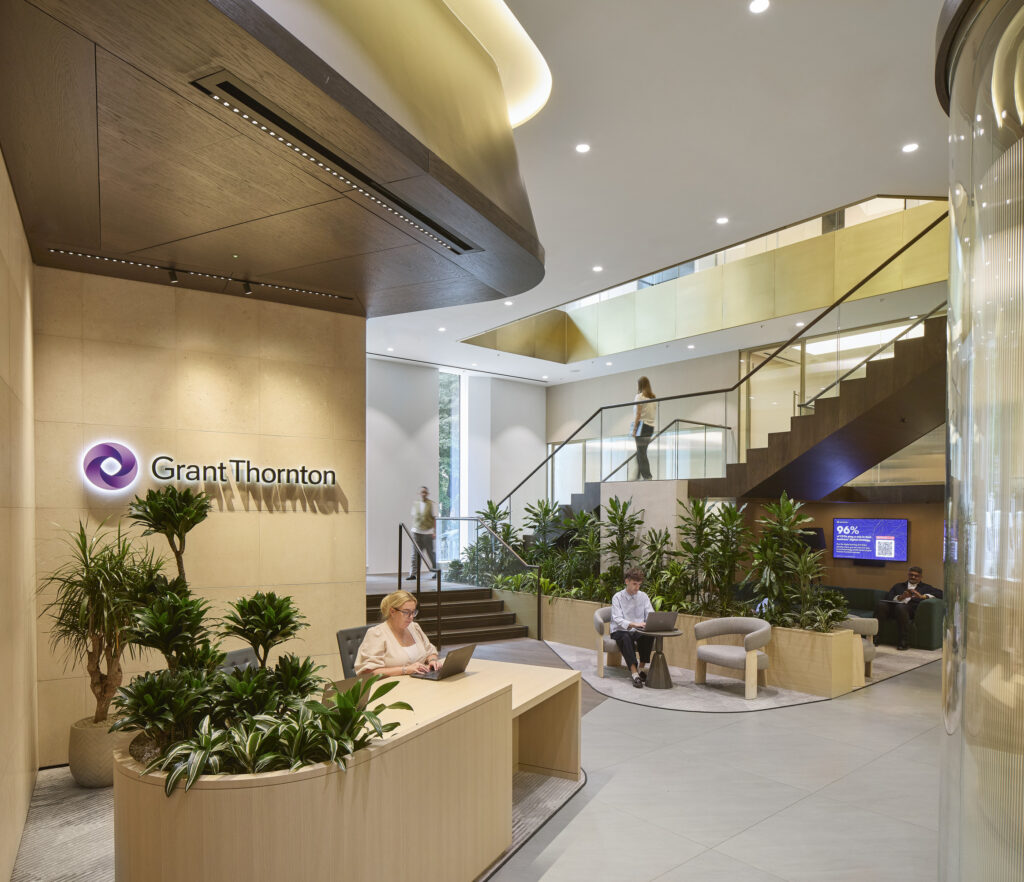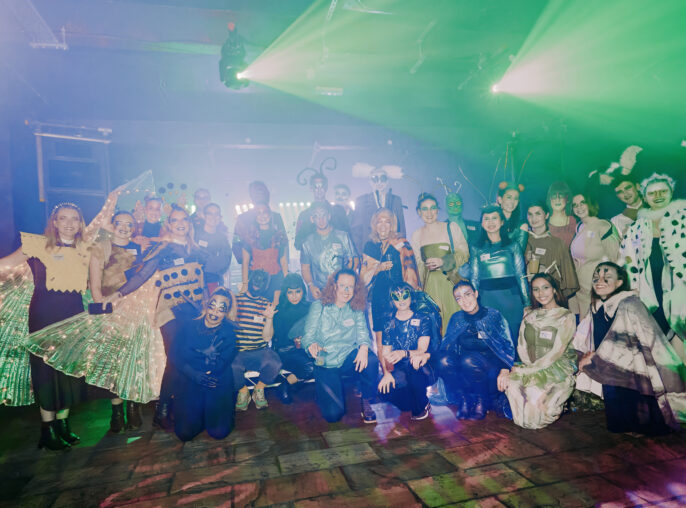Event
Paving the Path to Net Zero: Insights from the “Deep Decarb” Event

The recent Deep Decarb event brought together a dynamic panel of experts across procurement, sustainability, interior design, and construction management to tackle one of the building industry’s most pressing challenges: reducing embodied carbon. As the sector continues to innovate toward net-zero goals, this event offered key strategies, case studies, and a roadmap for what’s next in sustainable design.
The Case for Deep Decarbonization
Embodied carbon—greenhouse gas emissions associated with the production, transportation, installation, maintenance, and disposal of building materials—currently accounts for 11% of global emissions. In high-performance, energy-efficient buildings, embodied carbon can make up over 50% of the building’s total life cycle emissions.
To combat this, the World Green Building Council has set an ambitious target: a 40% reduction in embodied carbon by 2030. Achieving this goal demands a shift not just in materials, but in mindsets—one that embraces a life cycle perspective and circularity from the outset.

Designing with Carbon in Mind
The panel introduced a Sustainability by Design Pilot Framework that was created by BEYOND which focused on carbon-conscious design and electrified systems. As well as carbon, the framework weaves in principles of circularity, wellness, community support, biophilic design, and supply chain equity, pointing toward a future where sustainability is embedded—not added on.
In particular, the event highlighted the importance of considering all life cycle stages:
- Product stage
- Construction stage
- Use stage
- End-of-life stage
Module D, which addresses reuse, recovery, and recycling, reflects a cradle-to-cradle philosophy that extends the value and life of building materials well beyond a single project.
Real-World Results: Grant Thornton UK at 8 Finsbury Circus
A standout example of these strategies in action is at Grant Thornton’s new London office at 8 Finsbury Circus, which achieved a 79% reduction in embodied carbon compared to a typical project baseline. This success stemmed from smart reuse and targeted procurement:
- 63.7% total reuse of architectural finishes
- 100% reuse of raised access flooring
- 82.7% reuse of furniture
- 38% reduction in furniture embodied carbon
- 78% of subcontractors sourced locally, with 70% from diverse suppliers
This project is a compelling demonstration of what’s possible when sustainability is prioritised early and across disciplines.
Lessons from the Field
Despite the successes, the panel didn’t shy away from discussing the challenges:
- Cost vs. Sustainability: Sustainable materials were sometimes cut during value engineering phases.
- Time-Intensive Procurement: Sourcing low-carbon materials proved to be labour-intensive.
- Early Coordination is Key: Success in reuse hinged on coordination from the project’s earliest stages.
- Evolving Equity Metrics: Tracking social equity data is an emerging but essential component.
To address these pain points, panelists recommended developing pre-approved libraries of sustainable products and embedding sustainability conversations early in project planning.
Final Thoughts
The Deep Decarb event made it clear: reducing embodied carbon is not only necessary, but achievable—with the right strategies, coordination, and commitment. As the industry moves forward, these insights offer a valuable foundation for designing buildings that are not only low-carbon, but high-impact in terms of community and environmental benefit.



